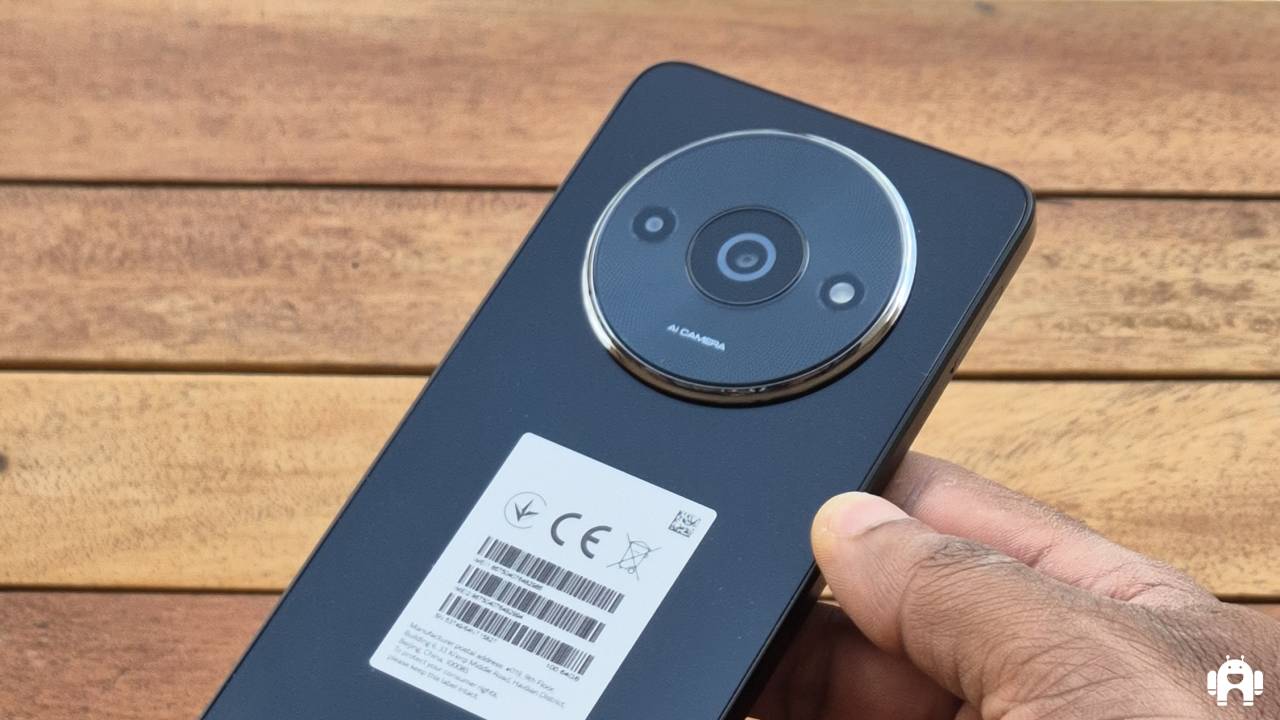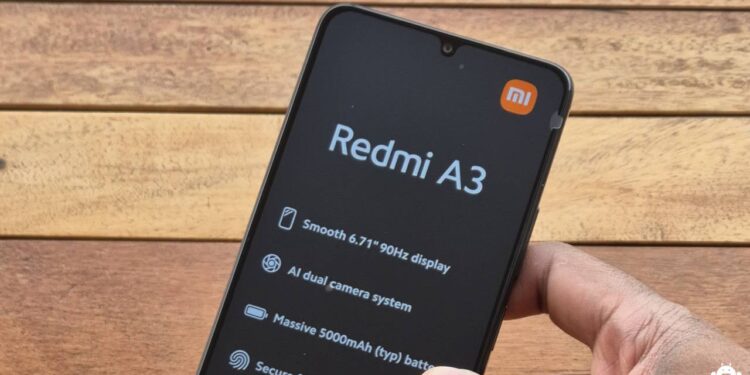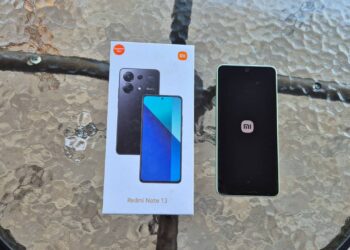Xiaomi’s Redmi sub-brand exists to provide the best value to users. Basically, more for less.
For a while, before Xiaomi made Redmi a whole sub-brand, it was a device series that catered to this purpose. Back then, Xiaomi reserved the likes of the Redmi 5A, 6A, 7A and so on for its entry-level offerings. While the brand still keeps those devices – we’ve previously highlighted the Redmi 13C on this site – it has, since 2022, offered a new device series under the Redmi sub-brand targeted at attracting even more entry level users.
That device series is the Redmi Ax series where x is a placeholder for whatever number the Chinese device maker decides to go with. So far, it has followed a sequential pattern starting with 1 then 2 and, now, 3.
Over the past month or so, I’ve had with me the Redmi A3.
Like its predecessors the Redmi A1+ and the Redmi A2+, the Redmi A3 is as low as Xiaomi can go when it comes to enticing those on the look out for a smartphone but are tight on the budget. From my analysis, it’s a device that’s well suited for first-time smartphone owners. Or, those who’d otherwise be going for those “Kenya-made” smartphones.
What this means is that while you’re still getting the traditional Xiaomi experience i.e. the software/MIUI, there are several compromises in order to meet the targeted user at their point of need. One will notice, as I did, that the device is sluggish and not as fast as, say, the Redmi 13C which costs a whole lot more. But, compared to a device that’s within its ballpark like those “Kenya-made” smartphones, its octa-core chipset (a MediaTek Helio G36) does a much better job. The resources are limited by today’s standard but, again, compared to some of the options in the market, you will do just fine with the 3GB RAM and 64GB onboard storage. The latter is expandable using a microSD card.
Since the device is all about cutting costs and providing the best value, some Xiaomi signature features like the infrared blaster should not be expected here and they are not there.
That said, I found lots of sparks in my interactions with the device. One of the things that immediately catches one’s eye is the design. It’s great and, probably, the best thing about the device, according to me. Next on that list of greatness is the 90Hz refresh rate that livens up the 6.7-inch HD IPS display panel.

The cameras are so-so as can be expected of a device in this range and they won’t be winning any accolades. They are just enough for the intended use cases and, depending on the profile of the user and their background, it could be an upgrade, after all.
The battery lasts all day long so that should come in handy for many. There’s room to even squeeze more out of it. We are spoiled lot in this day and age given that the likes of Xiaomi’s HyperCharge can do 0 to 100% in just 15 minutes for batteries of the same capacity as the Redmi A3’s (5,000mAh) so it won’t excite many of us when I say that the charging brick included in the retail packaging of the device is rated for 10W when paired with the cable provided.
Oh, there’s a headphone jack… Obviously, you’re not getting any earphones in the box (Xiaomi never offers those since back in the day) but, in case you have an old pair lying around, you can use them to either jam to your tunes or as antenna when you switch up to FM radio.
Depending on the spec picked, the Redmi A3 can cost as little as Kshs 12,000 and as much as Kshs 15,000 in Kenya. Is it worth it?
Watch the unboxing on my TikTok:
@echenze Redmi A3 unboxing… #xiaomi #redmi #redmia3 #redmia3unboxing















